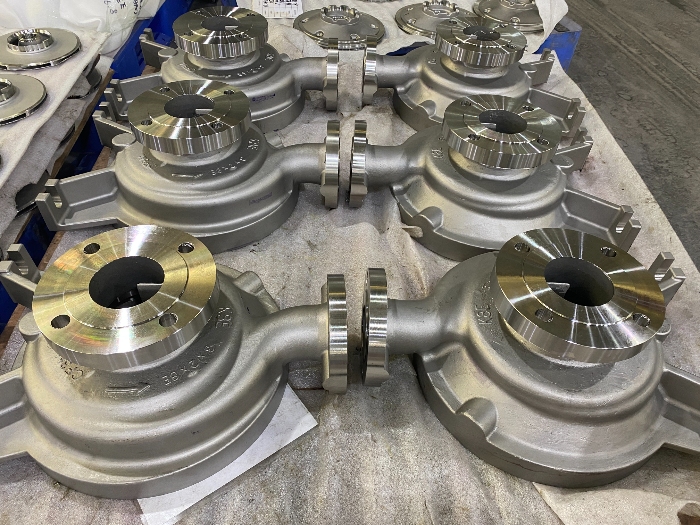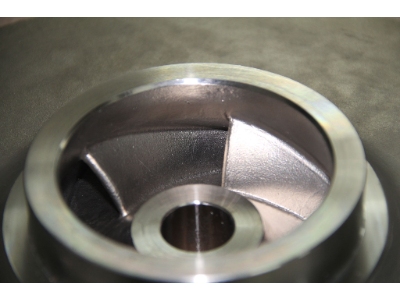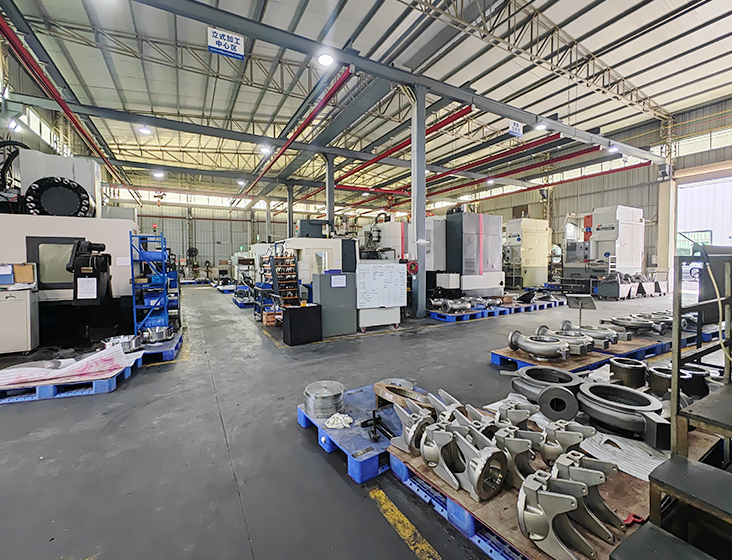-
Address
Wangjiang, Xingtian No 2 Rd, Xingning, Meizhou City, Guangdong Province, China.
- Email:enquiries@apalloy.com
- Phone:+86 0753 3354369
- WhatsApp: +86 18813765785

Low flow conditions in pump operations occur when the flow rate of the fluid being pumped is significantly below the design specifications of the pump. These conditions can lead to a number of mechanical and operational issues that can compromise the integrity and efficiency of the pumping system.
When pumps operate at low flow rates, several adverse effects can take place. These include overheating, cavitation, and increased vibration, all of which can lead to premature wear and tear, and ultimately, pump failure. Understanding these conditions is crucial for maintaining the longevity and performance of pump systems.

Hazards of low flow operation of pump mainly include:
Temperature rise: because the actual flow of the pump is very small, the useful work done by the pump is very small, and most of the shaft power is converted into heat energy, which is transmitted to the liquid in the pump, causing the entire shell to be heated.
Cavitation: the temperature rise in the pump will easily cause cavitation and damage the impeller.
Vibration and noise: long-term operation in low flow area will increase the vibration of the pump and generate noise.
Efficiency reduction: when the pump operates in a small flow area, the efficiency will be reduced, resulting in increased energy consumption.
Wear and accumulation: low flow operation will result in slow flow of medium in the pump, which is easy to cause slag accumulation and pump wear.
Life Reduction: Low flow operation can cause damage to internal parts of the pump, thus reducing pump life.
Increased radial thrust: under very small flow, unreasonable continuous operation will lead to excessive shaft bending, quick wear of bearing ring and even shaft fracture.
Surge: in case of long-term operation with small flow, the flow and outlet pressure of the pump will have regular periodic changes. This phenomenon is called surge, which has adverse effects on the pump.

Strategies to Mitigate Risks in Low Flow Pump Operation
Install return pipe: control the actual flow through the return pipe valve to prevent the pump from operating under low flow conditions for protection.
Cutting impeller: This is an economical and practical way to adjust the working area of the pump and avoid long-term operation in a small flow area.
Reconfigure the pump: If the pump operates in a low flow area for a long time, resulting in a decrease in efficiency, it may be necessary to reconfigure it with a suitable small pump.
Another strategy involves regular maintenance and monitoring of the pump system to detect any signs of wear or inefficiency early on. Installing flow meters and pressure sensors can provide real-time data that helps operators make informed decisions and adjustments to avoid low flow scenarios. Additionally, ensuring that the pump is correctly sized for its application can prevent low flow conditions from arising in the first place.

Wangjiang, Xingtian No 2 Rd, Xingning, Meizhou City, Guangdong Province, China.